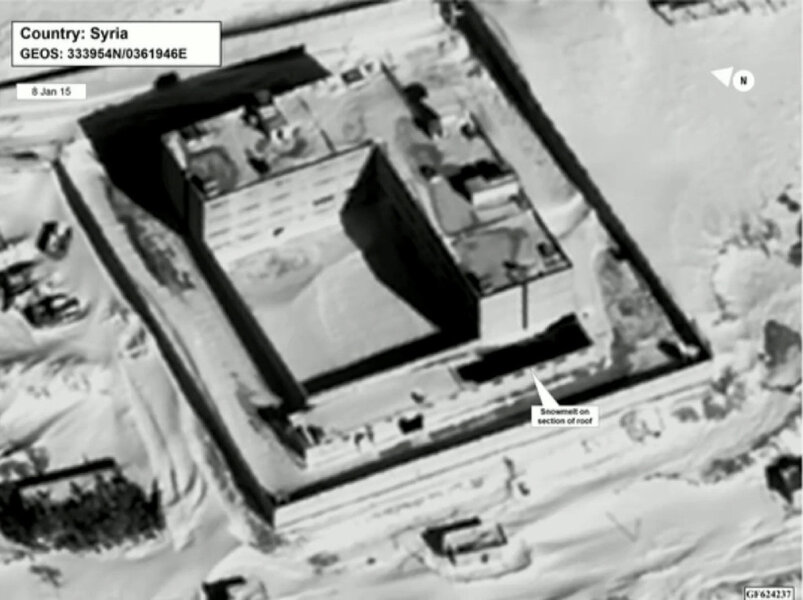A US spotlight on Syria’s slaughterhouse
Loading...
Just days before President Trump’s trip to the Middle East, which may include a tour of Israel’s Holocaust museum, his administration has accused Syria of killing thousands of political prisoners – at a rate of about 50 a day. It even released declassified photographs of the Sednaya military prison outside Damascus, showing a crematorium used to hide the evidence of the slaughter.
Reports of the mass executions at Sednaya are not new. Amnesty International said in February that as many as 13,000 detainees had been hanged there since 2011. But with the State Department now adding to the documented evidence, Mr. Trump has joined a line of recent US presidents who have chosen to deal with a mass atrocity in another country or the imminent threat of one – from Rwanda in 1994 to Libya in 2011. And like previous administrations, Trump officials have framed the prison killings by the Syrian regime in moral terms, calling them “a new level of depravity.”
In April, Trump responded to Syria’s use of chemical weapons on a few dozen civilians with missile strikes on a Syrian military airbase. But how will he respond now that the United States has highlighted the far more systematic and large-scale atrocity at Sednaya?
One goal by the US may be to pressure Russia, a military ally of President Bashar al-Assad, into seeking a peace deal. This would allow the US and its allies to better focus on ending the Islamic State (ISIS) presence in Syria. At some point, Russian President Vladimir Putin may not want to be tainted by Syria’s slaughter. Or he may not want the US to attack the Assad regime in an attempt to end the prison executions.
US presidents often have to mix a moral purpose with a national interest. Trump is eager to end the threat of ISIS in its ability to inspire terrorist attacks on Americans. But how much is his concern about the prison executions a matter of morality, or simply a tactical move?
President Barack Obama considered the prevention of mass atrocities to be “a core national security interest.” Yet despite regular reports of large-scale killings in Syria, he was reluctant to intervene. He had seen how his attacks on Libya to prevent a massacre in the city of Benghazi led to chaos in that country.
Having exposed the Sednaya killings, the Trump administration must now level with Americans about the next course of action. As he heads to Saudi Arabia and Israel, the president should offer clarity about US responsibilities in Syria. The choices are difficult. But a mature debate can help.







